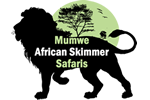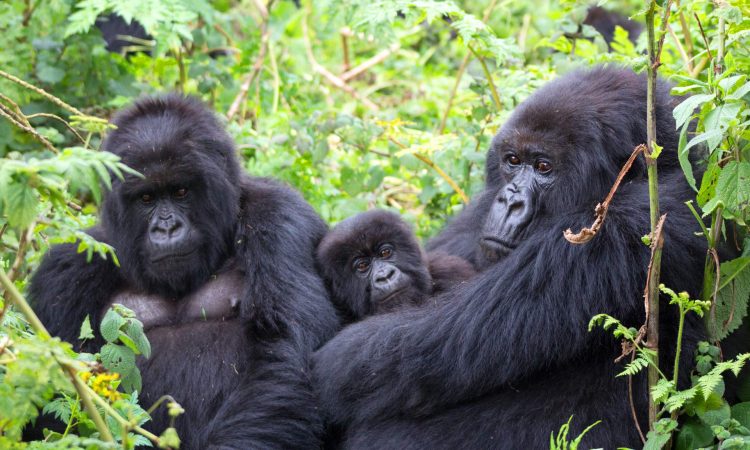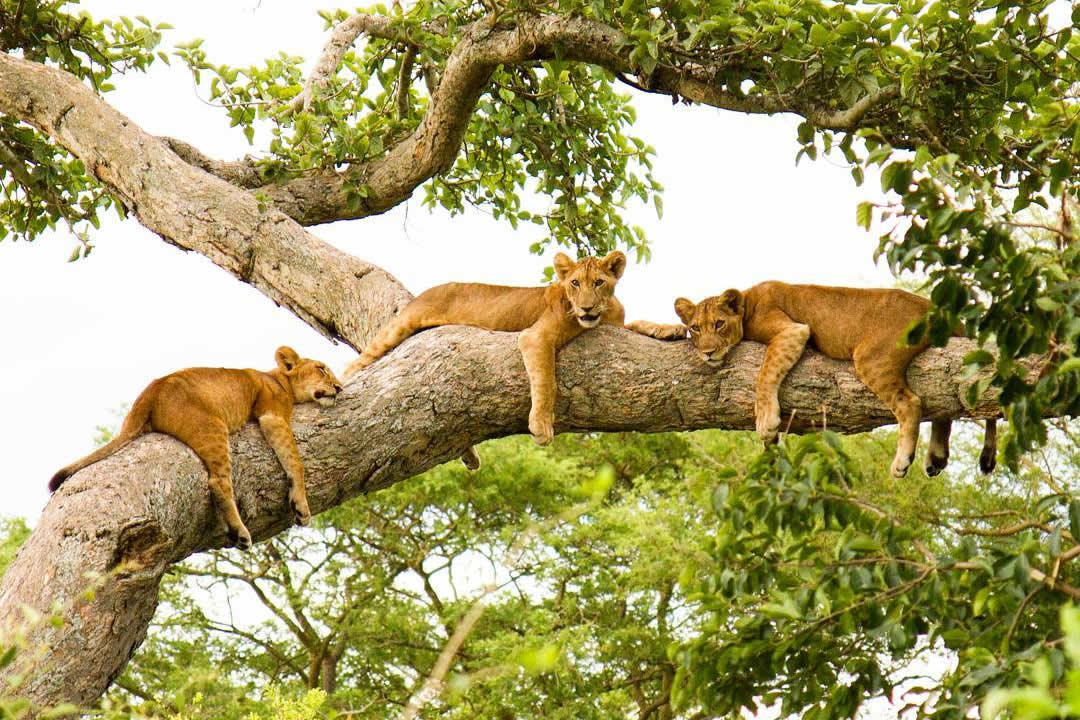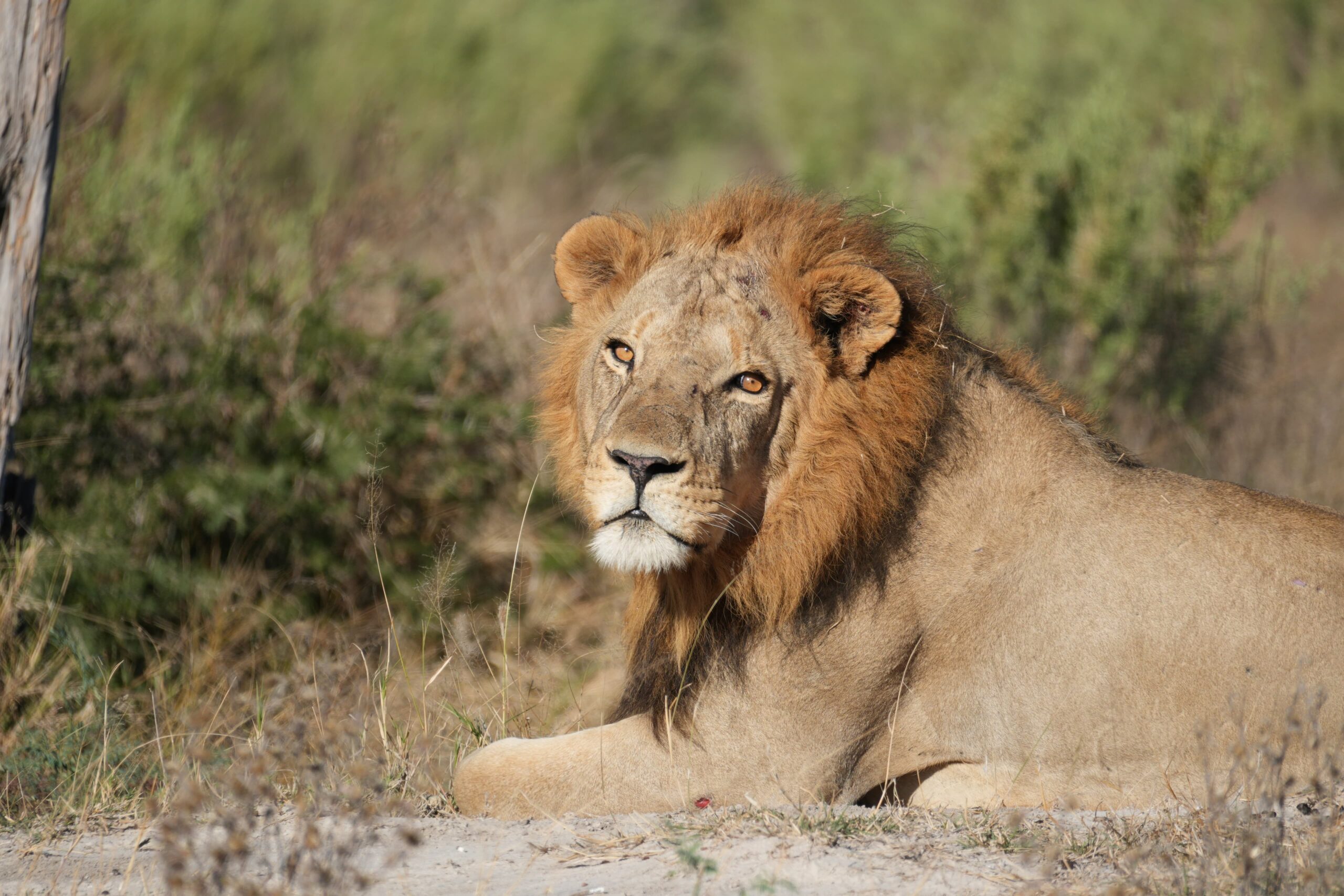
The Big Wild Cats of Uganda: Guardians of the Savanna
Uganda, known as the “Pearl of Africa,” harbors some of the continent’s most magnificent big cats within its diverse landscapes. From the sweeping savannas of Queen Elizabeth National Park to the remote wilderness of Kidepo Valley, these apex predators play crucial roles in maintaining the delicate balance of East Africa’s ecosystems. However, recent surveys reveal a concerning picture for Uganda’s big cats, highlighting both their majesty and their vulnerability.
Mumwe Safaris organizes amazing Uganda safaris for tourists interested in encountering the 3 top big cats on a self drive or driver-guided game drives. Find out more information about them include traits and where to spot them.
The African Lion: King Under Threat
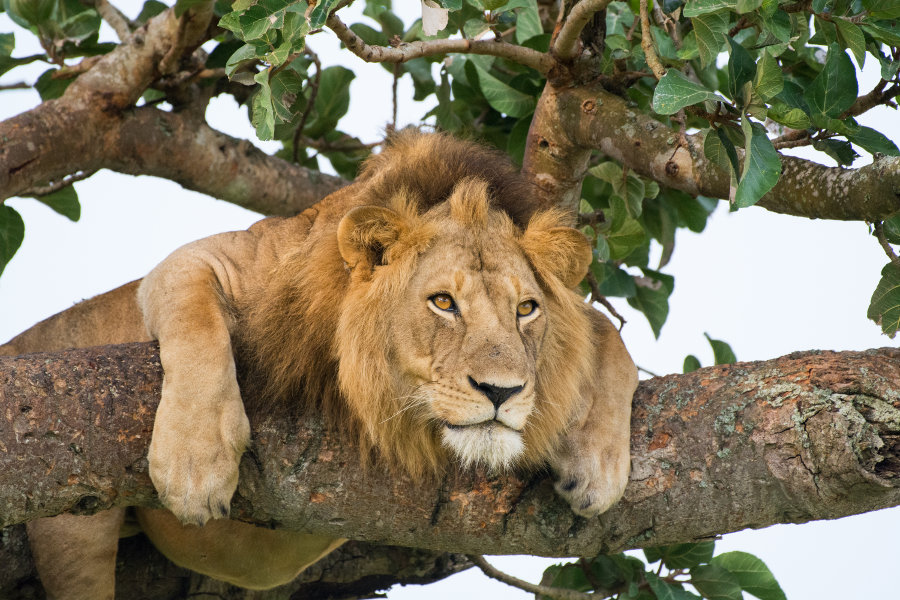
The African lion (Panthera leo) remains Uganda’s most iconic big cat, embodying strength, royalty, and the wild spirit of Africa. These magnificent creatures are the only truly social cats, living in complex family groups called prides that showcase a fascinating “fission-fusion” society similar to chimpanzees.
Uganda’s lions face a critical situation. Recent nationwide assessments reveal alarming population declines across most protected areas. Murchison Falls National Park serves as Uganda’s primary lion stronghold, supporting approximately 240 individuals. However, other populations have reached dangerously low levels, with Queen Elizabeth National Park now hosting only about 40 lions and Kidepo Valley National Park maintaining just 22 individuals.
The famous tree-climbing lions of Queen Elizabeth National Park represent one of only two populations worldwide that regularly exhibit this unique behavior (the other being in Tanzania’s Lake Manyara). These lions have adapted to climb large fig trees and acacia species, possibly to escape biting flies or gain a better vantage point for hunting. Tragically, this extraordinary population has dwindled to critical numbers, making every individual precious for the survival of this behavioral trait.
The Elusive African Leopard: Master of Adaptation
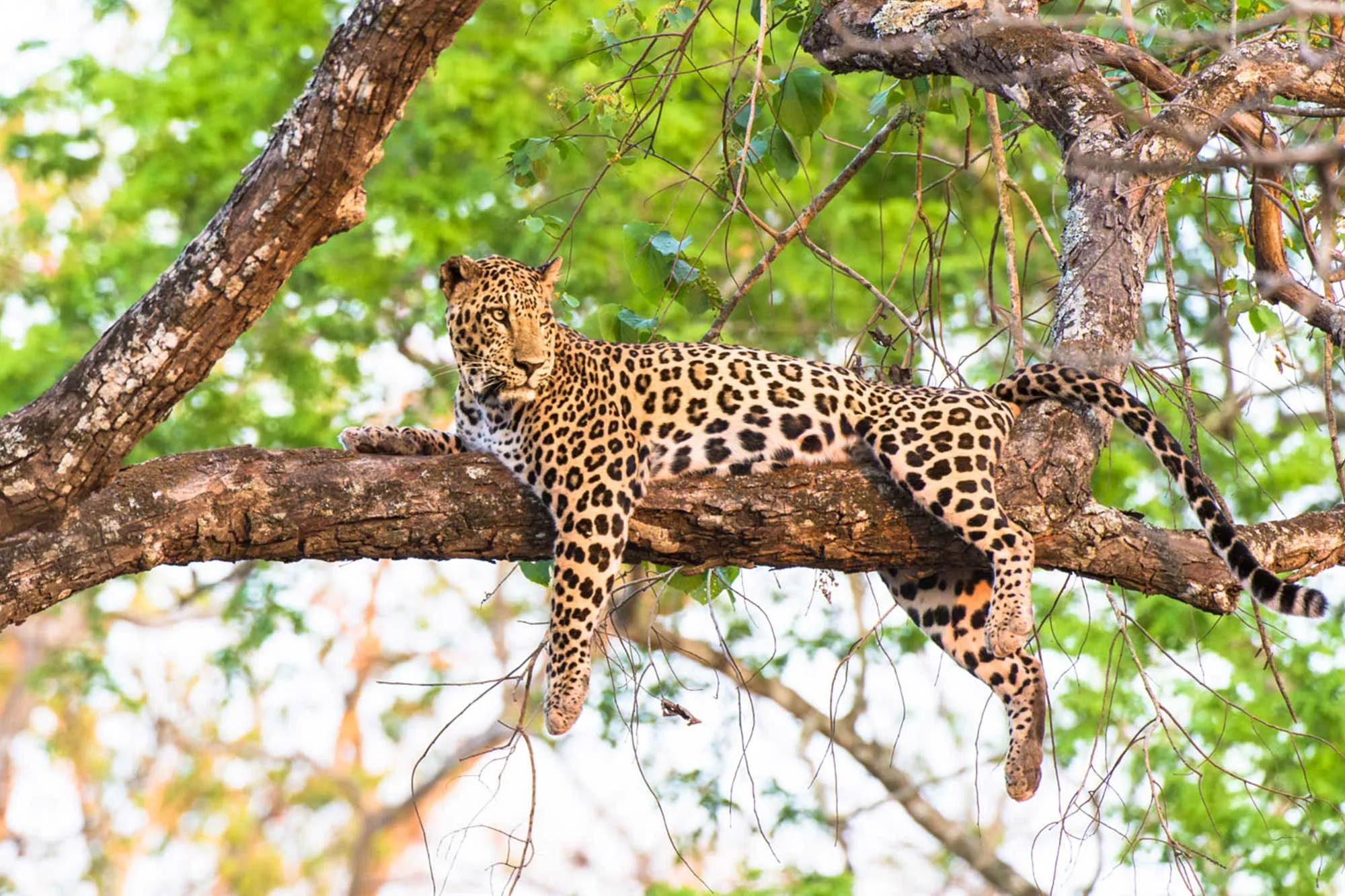
The African leopard (Panthera pardus) stands as perhaps the most adaptable of Africa’s big cats, thriving in diverse habitats from dense forests to rocky outcrops. In Uganda, leopards inhabit virtually every national park, including Queen Elizabeth, Murchison Falls, Kidepo Valley, Lake Mburo, Mount Elgon, and the Toro-Semuliki Wildlife Reserve.
These solitary hunters are renowned for their incredible strength and stealth. Capable of dragging prey twice their body weight up into trees, leopards secure their kills from scavengers while showcasing their remarkable physical prowess. Their spotted coats provide perfect camouflage in the dappled light of woodland environments, making them extremely difficult to spot during game drives.
Uganda’s leopard populations face multiple threats, including habitat fragmentation and conflict with livestock farmers. The Rwenzori subspecies is particularly endangered, representing one of three leopard subspecies at critical risk. Despite their adaptability, leopards require broken terrain with thick vegetation for successful hunting, limiting their distribution in Uganda’s more open grassland areas.
The Cheetah: Speed on the Edge of Extinction
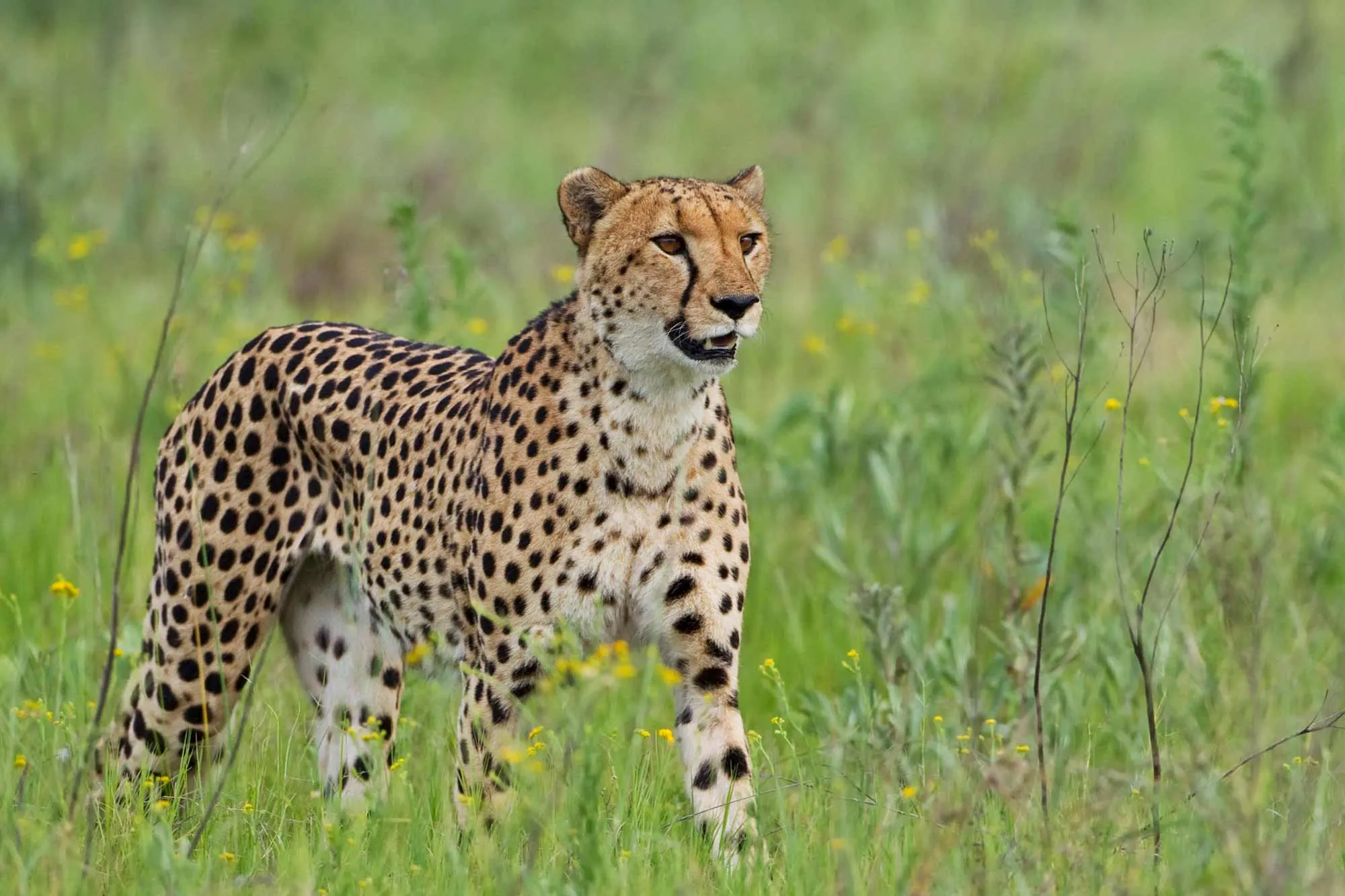
The cheetah (Acinonyx jubatus) represents Uganda’s rarest big cat, found almost exclusively in Kidepo Valley National Park in the country’s remote northeastern corner. This semi-arid savanna provides ideal habitat for the world’s fastest land animal, supporting an estimated 17 cheetahs according to recent counts, though some sources suggest the population could range from 53 to 310 individuals.
Unlike other big cats, cheetahs are built for speed rather than strength. Their lightweight frames, large nasal passages, and semi-retractable claws enable them to reach speeds of up to 70 miles per hour in short bursts. In Kidepo’s vast grasslands, cheetahs hunt small to medium-sized ungulates, including Uganda kob, oribi, and various antelope species that form the foundation of their diet.
Male cheetahs in Uganda typically form small coalitions of two to three individuals, while females remain solitary except when raising cubs. These magnificent cats can stalk prey from 100 to 300 meters away before launching their explosive sprints, though they must kill quickly or risk losing their catch to larger predators.
Conservation Challenges and Hopes
Uganda’s big cats face mounting pressures from human-wildlife conflict, habitat loss, and prey depletion. Livestock predation leads to retaliatory killings, while expanding agriculture fragments critical wildlife corridors. Climate change adds another layer of complexity, potentially altering prey distributions and water availability.
Recent conservation efforts show promise through community-based approaches and advanced monitoring techniques. The Uganda Carnivore Program works extensively in Queen Elizabeth National Park to mitigate human-carnivore conflict while supporting local communities. Rangers have become increasingly effective at monitoring lion populations using camera traps and other modern techniques, providing crucial data for conservation planning.
Protected area management has intensified, with improved anti-poaching efforts and habitat restoration programs. Cross-border conservation initiatives with neighboring countries help maintain genetic diversity and population viability for wide-ranging species like cheetahs and lions.
The Cultural Significance
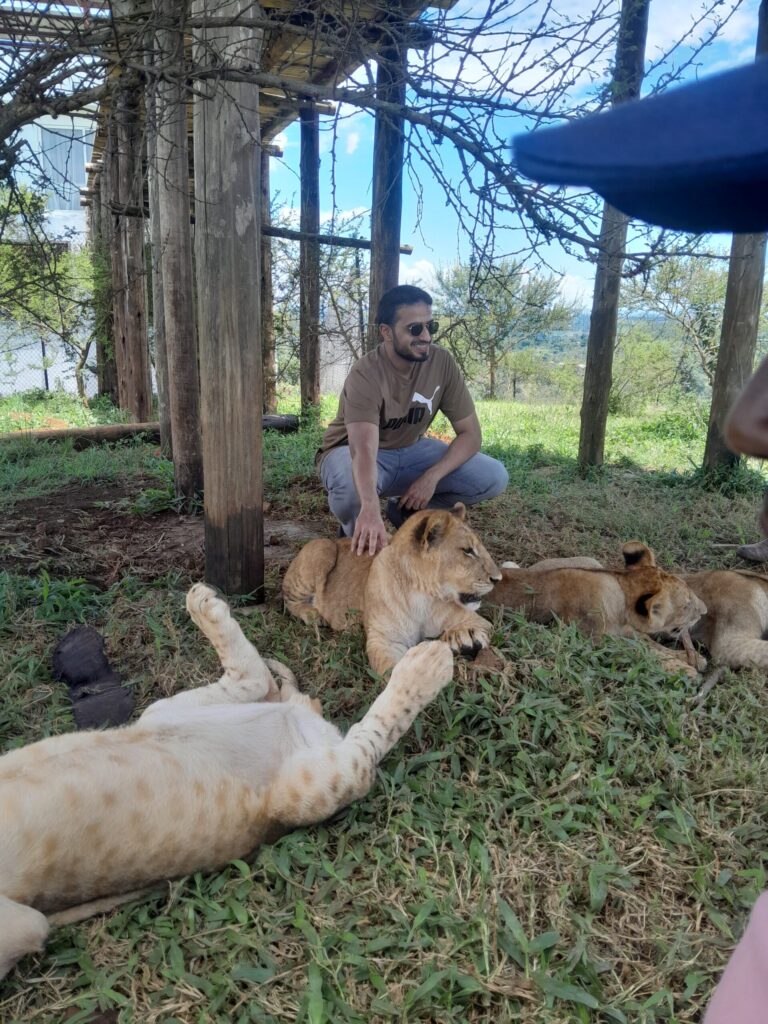 Big cats hold profound cultural significance throughout Uganda. Lions symbolize royalty, strength, and bravery in many local traditions, while leopards represent stealth and wisdom. These cultural connections provide opportunities for conservation education and community engagement, fostering pride in Uganda’s natural heritage.
Big cats hold profound cultural significance throughout Uganda. Lions symbolize royalty, strength, and bravery in many local traditions, while leopards represent stealth and wisdom. These cultural connections provide opportunities for conservation education and community engagement, fostering pride in Uganda’s natural heritage.
Traditional ecological knowledge from local communities often complements scientific research, providing insights into big cat behavior and distribution patterns developed over generations of coexistence.
Looking Forward
The future of Uganda’s big cats depends on immediate and sustained conservation action. Protecting remaining populations requires addressing human-wildlife conflict through compensation schemes, alternative livelihoods, and predator-proof livestock enclosures. Expanding and connecting protected areas will provide the space these magnificent predators need to hunt, breed, and maintain viable populations.
International support for anti-poaching efforts, research programs, and community conservation initiatives remains crucial. Tourism, when managed sustainably, provides economic incentives for wildlife protection while raising global awareness about the plight of Uganda’s big cats.
Uganda’s lions, leopards, and cheetahs represent living links to Africa’s wild past and symbols of hope for its future. Their survival depends on our collective commitment to preserving the ecosystems they call home and addressing the complex challenges they face. In protecting these apex predators, we safeguard not only individual species but entire ecosystems that support countless other wildlife species and local communities.
The roar of a lion across the Ugandan savanna, the spotted shadow of a leopard in forest depths, and the lightning sprint of a cheetah across open grasslands remind us of nature’s incredible power and beauty. These moments, increasingly rare and precious, call us to action to ensure that future generations will witness the majesty of Uganda’s big wild cats in their natural kingdom.
Are you planning a safari in Uganda and would love to spot these Big 2 cats in the wild- simply contact us now by sending an email to info@mumwesafarisuganda.com or calling +256-700135510 to speak with the reservations team.
